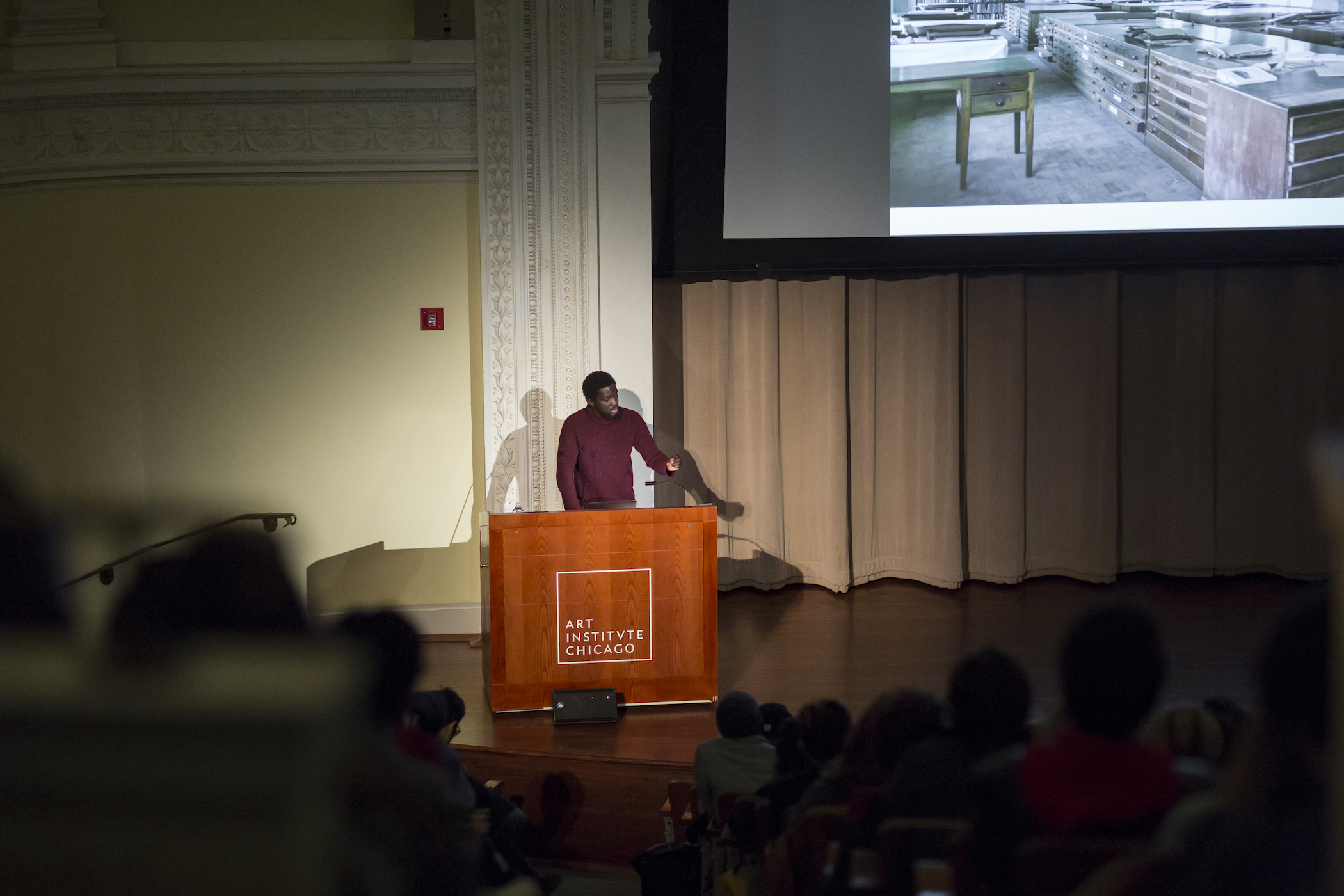
It is hard to think of global warming as breaking news — not only have we known about it for decades, but its effects seem slow and subtle compared to endless spectacle of our current news cycle. And yet the Intergovernmental Panel on Climate Change’s (IPCC) special report released this October is very big news that we all need to pay attention to, given its new findings on just how fast and how large coming changes are likely to be. It coincides with the release of two other important reports in the past month: the United State’s Fourth National Climate Assessment and the World Meteorological Association’s Statement on the State of the Global Climate.
The What, Why, Who, When and How of the IPCC Report
What is it? This is a special report on the likely climatic and biological effects with a 1.5°C increase in mean global temperature (compared to the temperature prior to 1900) and the steps that would be necessary to keep the planet within a 1.5°C increase. Why release it? At the 2015 Paris Climate Conference, staying within a 2°C increase was set as as a consensus goal to prevent catastrophic climate effects. However, a number of the most vulnerable nations like the Marshall Islands, Seychelles, and Maldives (at risk of becoming uninhabitable because of sea level rise) advocated for study specifically addressing the consequences of 1.5°C warming. Who created it? The UN commissioned the IPCC to create it. The IPCC is an international group of climate change scientists representing all of the member states of the United Nations. How did they do it? 91 scientists from 44 countries reviewed hundreds of scientific studies to generate this report. When is it about? It was released now and makes prediction for the next 100 years, with the specific actions that would be needed to be taken in the next 12 – 25 years.
Global warming, with its distributed causes and complex planetary effects, feels elusive and yet is ever-present. It challenges traditional modes of representation — aesthetic and political alike — calling for more serious engagement by artists, designers, and scholars not only as cultural producers, but also as global citizens who will increasingly experience its consequences first-hand.
Below are the responses to questions that the three of us — who teach about climate change at the School of the Art Institute of Chicago — have been asked about global warming in general, and this latest report in particular:
Q: Is there a difference between climate change and global warming?
A: There is and there isn’t. The phrase “global warming,” first used in 1975 by Wallace Broecker, emphasizes the upward trend in global surface temperatures observed since the late 1800s. In recent decades, “global warming” has fallen out of favor and “climate change” has become more common, partly because the term “climate change” emphasizes the totality of impacts on the Earth system, whereas “global warming” emphasizes only the temperature rise.
One problem with the term “global warming” is that it puts primary focus on the temperature trend, which can be misinterpreted to mean that temperature should increase everywhere every year, which is not the case. While “climate change” is often viewed as less politically charged, it is also often preferred by those who want to deny that the warming is driven by human activity and instead want to suggest it is simply part of a “natural cycle.”
Q: We live in Chicago, why on Earth would a 1.5°C warming be a bad thing? Bring on the warm winters!
A: Good question! There will always be climate change winners and climate change losers. Unfortunately, from a global perspective, the climate change losers far outnumber the winners. In the short term, Chicago may be one of those “winners,” on a superficial level, with warmer winters and milder falls. But Chicago is also likely to see major increases in precipitation over the next century, which for our region also means more flooding. Warmer winters also mean hotter summers. Chicago’s summer humidity is infamous. Longer, hotter, more humid summers could increase the spread of disease-carrying insects, but will also radically shift the ecology of a whole host of plants and animals alike.
There will be a multitude of immediate losers — countries and communities around the world that will suffer sea-level rise flooding, intense drought, deadlier heat waves, and increasing rates of biodiversity loss. The interconnectivity of our world means that even if Chicago itself is not explicitly a “loser,” the loss of ecosystem services and negative economic impacts resulting from climate change across the globe are likely to negatively impact Chicago longer-term.
Q: Will coral reefs disappear? I read that coral will disappear as the Earth warms.
A: They may. As a species, coral is slow to adapt to global change. The reefs themselves are actually white-ish; the beautiful colors of coral come from organisms (zooxanthellae) living within their skeletons. Warmer ocean temperatures can kill zooxanthellae living in reefs in a process known as coral bleaching. Zooxanthellae can return to reefs and continue reproducing and revive bleached reefs. However, if large portions of reefs are bleached at once, they become susceptible to the effects of ocean acidification. The skeletons of coral reefs, and a whole host of other marine organisms, are made of calcium carbonate. Increased acidity can dissolve these marine skeletons as well as make it harder to form in the first place. A 1.5°C increase would likely result in a 70-90% decrease in coral reefs worldwide; a 2°C increase could result in as much as 99% of reefs being lost.
Q: Can we actually experience global warming through specific weather events?
A: This question refers to the science of climate change attribution — the ability of climate scientists to attribute certain weather phenomenon to climate change. It’s a complicated topic and quite nuanced, but asking whether “certain weather events are caused by climate change” is the wrong question. Instead, we should ask, “how has this weather event been impacted by climate change?”
Consider Hurricane Harvey, which hit Houston in 2017. Hurricanes are not inherently a phenomenon that is “caused by” climate change. However, warmer ocean temperatures, warmer air temperatures, and weakened upper-level steering winds (all caused by climate change) did contribute to the excessive rainfall produced by Harvey. A recent study used mathematical modeling to suggest that, without climate change, Hurricane Harvey would have produced 10-20% less precipitation in the Houston area.
Q: Is the melting of the polar ice caps really a threat?
A: The “polar ice caps” are those glacial ice formations located on land in both the north and south pole. Currently we have two polar ice caps on Earth: Greenland and Antarctica. As the Earth warms and these ice caps melt, their meltwater inevitably contributes to sea level rise. This poses a real threat to coastal communities and low-lying islands across the planet.
Some people confuse the “polar ice caps” with Arctic (and Antarctic) sea ice floating in the ocean. If this ice melts, it doesn’t contribute to sea level rise, but it does have other important impacts. Because ice is really good at reflecting sunlight, a loss of ice in the polar oceans will translate to an increased absorption of sunlight by the Earth. Ocean water is a lot darker than ice, and so is really good at absorbing sunlight, leading to a hotter planet (this is called “ice-albedo feedback”).
Q: Can global warming be stopped? If so, who is responsible for stopping it?
A: Yes, it can, but not completely, and not instantaneously. This latest IPCC report suggests that if we don’t reduce fossil fuel emissions significantly by 2030 and to zero by 2050, the resulting carbon dioxide may warm the planet by 1.5°C within that time. Jim Skea, a co-chair of the IPCC working group, has said an increase to 1.5°C is avoidable: “We show it can be done within laws of physics and chemistry. Then the final tick box is political will. We cannot answer that. Only our audience can — and that is the governments that receive it.”
Voting, at all levels of government, matter greatly, as does advocating for climate change to be a political priority. China,The United States, and India are the top three carbon dioxide polluters and together account for 50% of world’s emissions. When national governments fail to take the lead — as we see with the current Trump administration in the United States — local and regional governments have been changing the laws, financial incentives, and infrastructure needed to address global warming. The decreases in carbon dioxide emissions the IPCC recommends will not be possible without concerted efforts by governments, institutions, and corporations, big and small, worldwide.
You, personally, can also use the power of your dollar and your lifestyle choices to effect change. Studies show that forgoing car travel, eating a plant-based diet, using energy-efficient appliances, choosing to have your energy come from renewable resources, and having one less child are all ways you can make an individual difference. No one thing can “fix” global warming, but incremental effects can truly add up. Changing cultural attitudes around fossil fuels means not only consuming and producing energy differently, but advocating for large-scale transformation of our energy system as we’ve never seen before.







